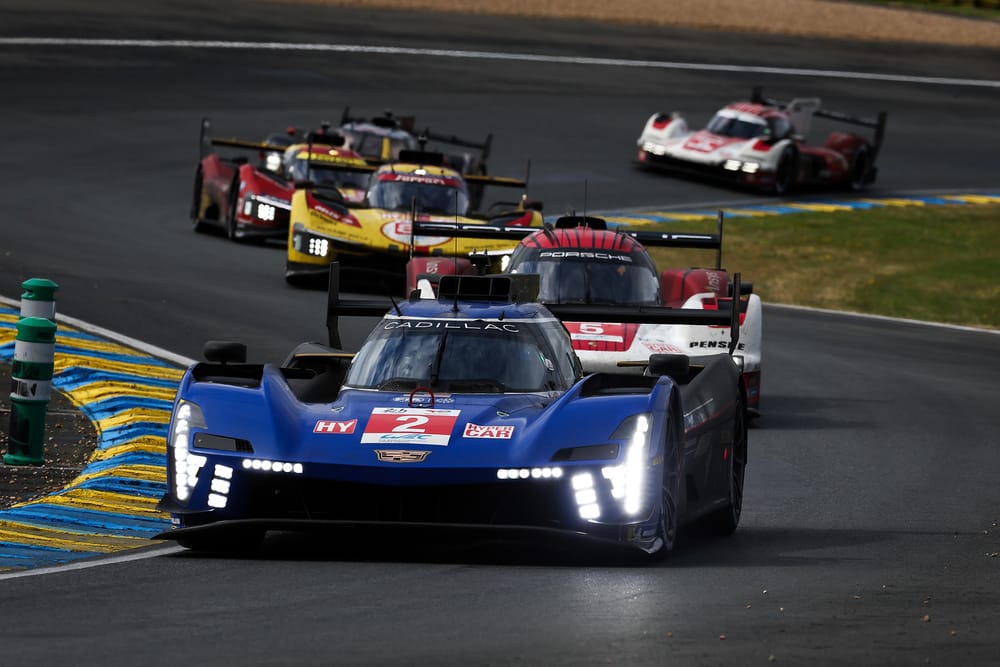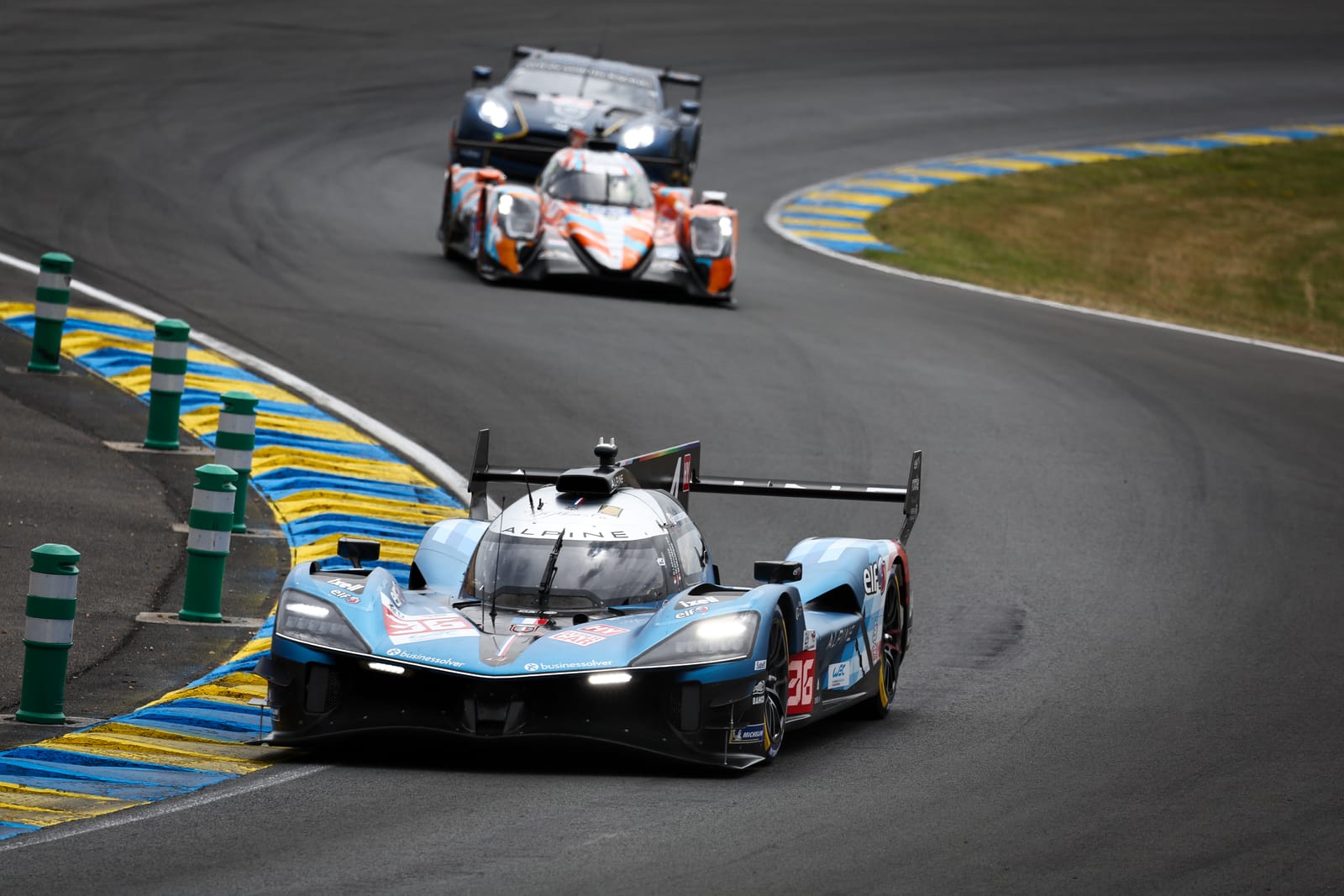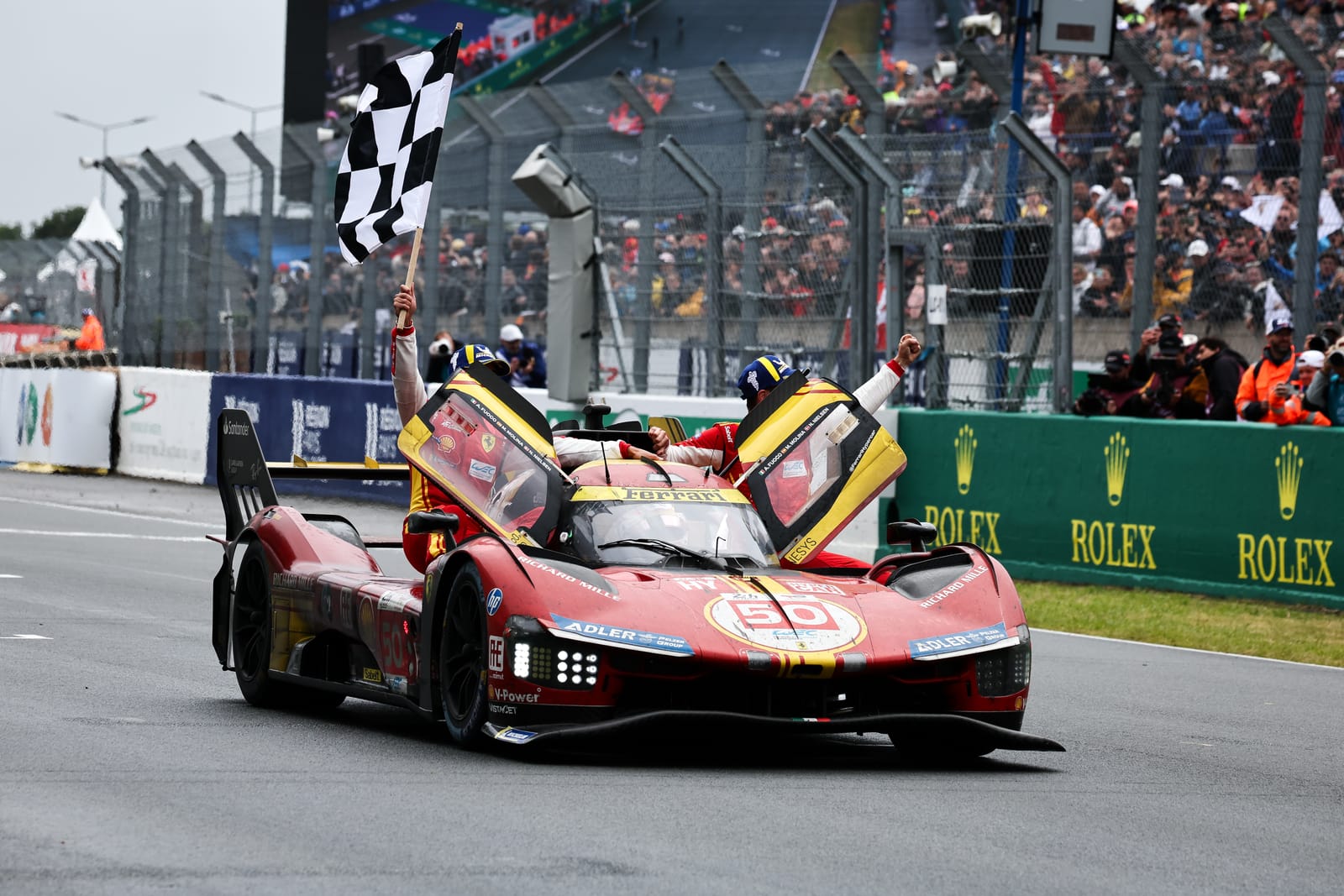When you've got more than 180 drivers to pick from, all on track at various times across a 24-hour period, it can be a demanding task trying to spot the actual standout performers.
But that's exactly what we've attempted to do here at The Race, sifting through the laptimes from the 2024 Le Mans 24 Hours to pick out the drivers who impressed the most.
Taking into account just how tricky the conditions were at various points - so bad overnight that a safety car period lasted for four hours consecutively - standards were excellent from the majority of drivers. Still, some were eye-catchingly impressive.
Hypercar
Brendon Hartley
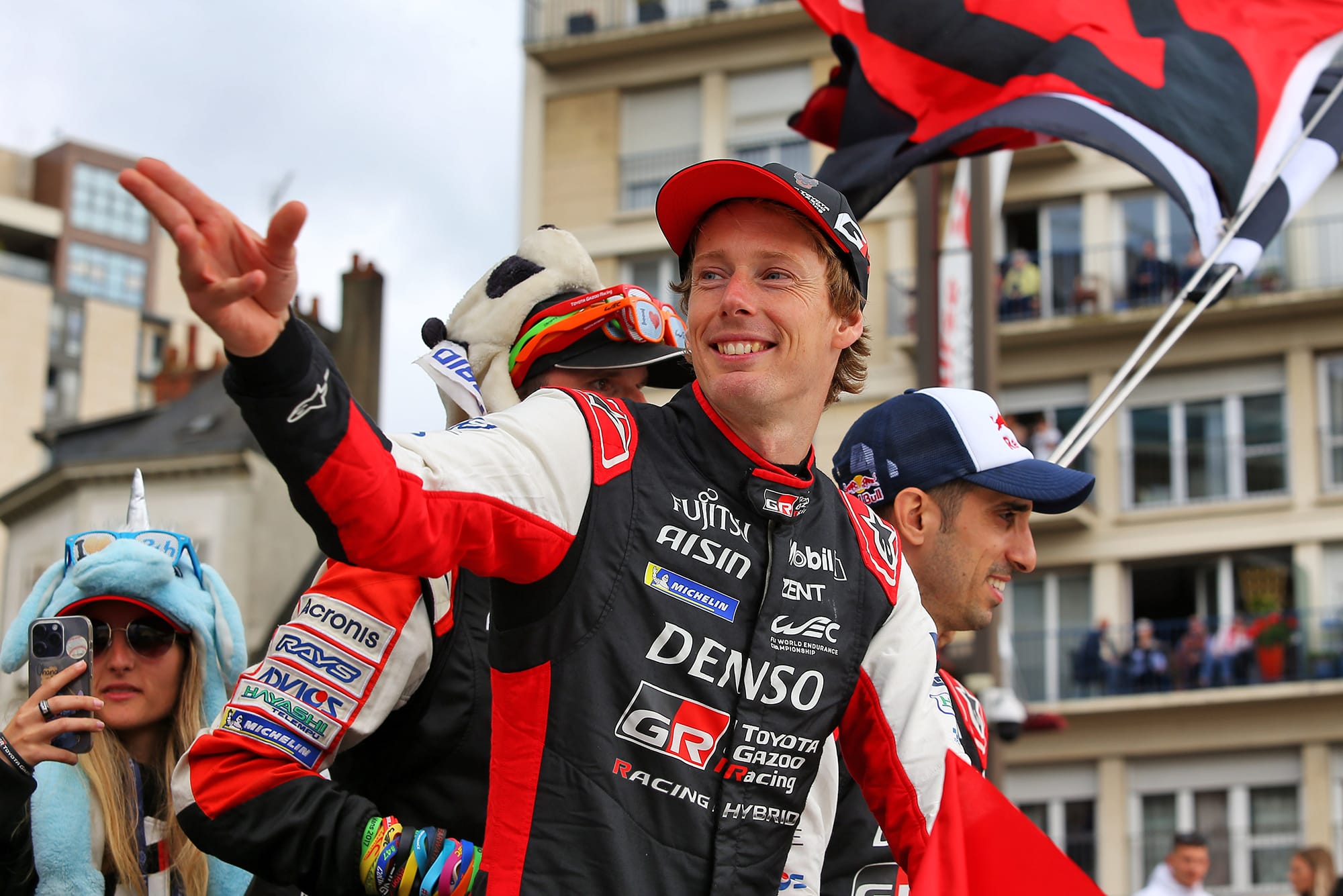
Surprised to see a driver from the car that finished fifth right at the top of this list?
Hartley might have made a mistake in qualifying by spinning, but he was the lynchpin of the #8 Toyota crew's efforts to win Le Mans - an attempt that was scuppered by contact from Alessandro Pier Guidi in the #51 Ferrari while Hartley was at the wheel.
In the opening six hours of the race, Hartley had the fastest average laptime of any Hypercar driver - taken from his sample set of 36 laps - and was right up there again in the gap between the heavy rain showers in the early hours of Sunday morning, and on the 12 laps he completed in wetter conditions again in the final two hours of the race before handing over to Sebastien Buemi.
Yes, Hartley had a decent rub of the green in clear air while making up ground, but he was strong throughout.
Nicklas Nielsen
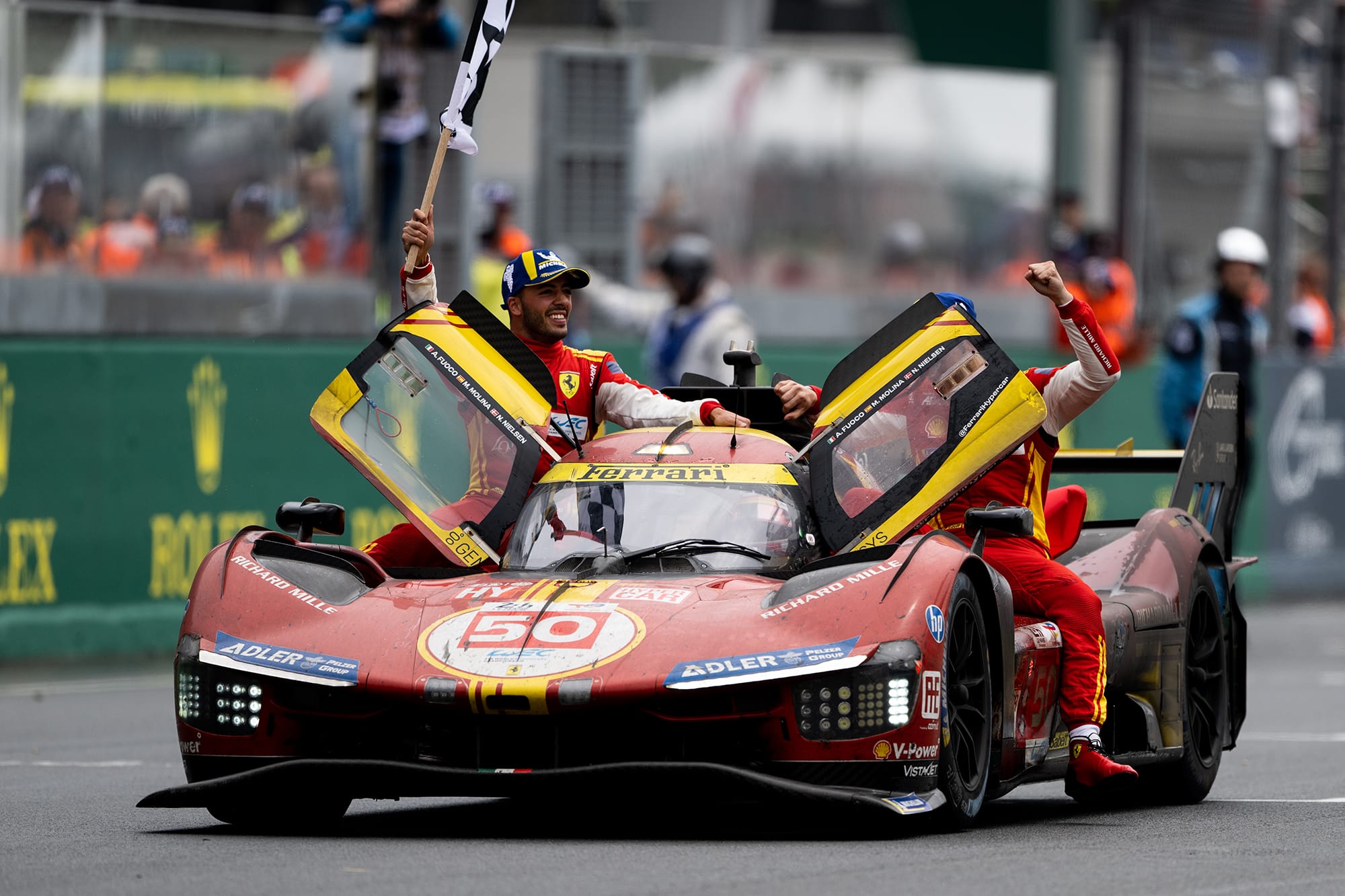
Nielsen was a standout for the way he dealt calmly with his door coming loose, and the offset strategy that left him on - as he pulled off an improbable final stint to get the Ferrari to the chequered flag first without the need for a late splash-and-dash visit to the pits.
He was also incredibly level-headed as he negotiated the wettest parts of a dry-wet track, notably at the Porsche Curves, in the early evening while he battled for the lead and carried the #50 Ferrari into contention.
But it is those final stages where his mettle was really tested. Even with a faster Jose Maria Lopez bearing down in a Toyota on a more favourable strategy, it was Nielsen who managed the situation the best.
Both his team-mates, Miguel Molina and Antonio Fuoco, deserve a shoutout too - though it was Fuoco who was decisive in overtaking the #83 AF Corse Ferrari (that ultimately retired) and the #5 Porsche when it mattered to get track position before handing over to Nielsen. That was an important foundation for Ferrari's victory.
Dries Vanthoor
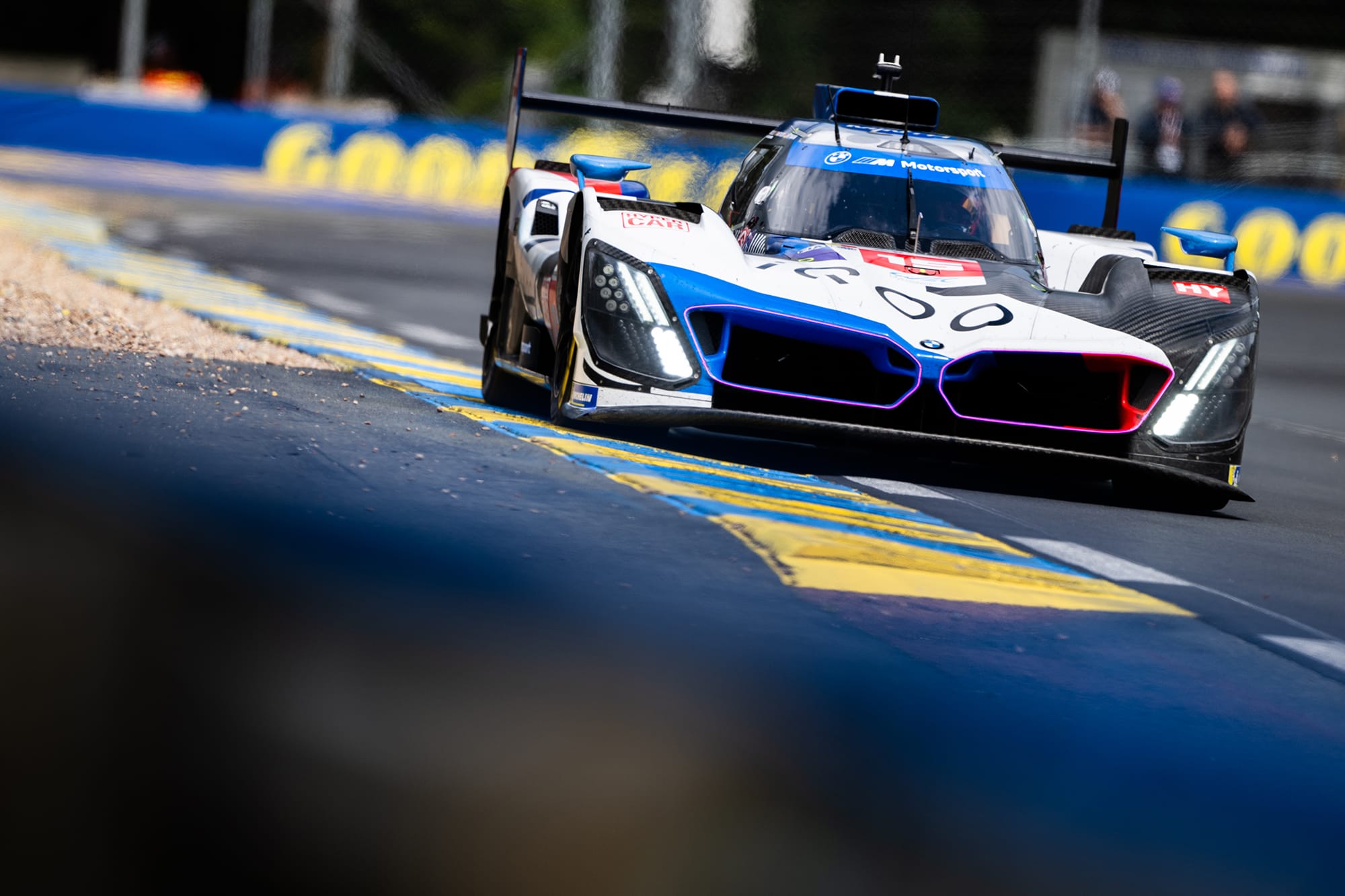
The #315 BMW's race may only have lasted just over a quarter of the 24 hours, but Vanthoor had been potent in the M Hybrid V8 right up until his race was abruptly ended by Kubica's clumsy move in the night (one which was the difference between him appearing in this list on not making it).
Before that, Vanthoor had been making up for lost time following Marco Wittmann's off in the early stages in a BMW that was clearly fast but had looked on the edge all week.
His average pace was second only to Hartley's during his time in the car in the first six hours - having spent more of his time in traffic too - and though he was attempting just to haul the car back up into the top 10 at that point, given the prolonged safety car running in the night who knows whether it would've hoisted the BMW back into contention.
And that's without mentioning a stunning effort to go fastest of all in the first qualifying session, though there is a blot on Vanthoor's copybook as he crashed in Hyperpole qualifying. Still, Vanthoor was the pick of the BMW drivers on its return to the top class at Le Mans.
Jose Maria Lopez
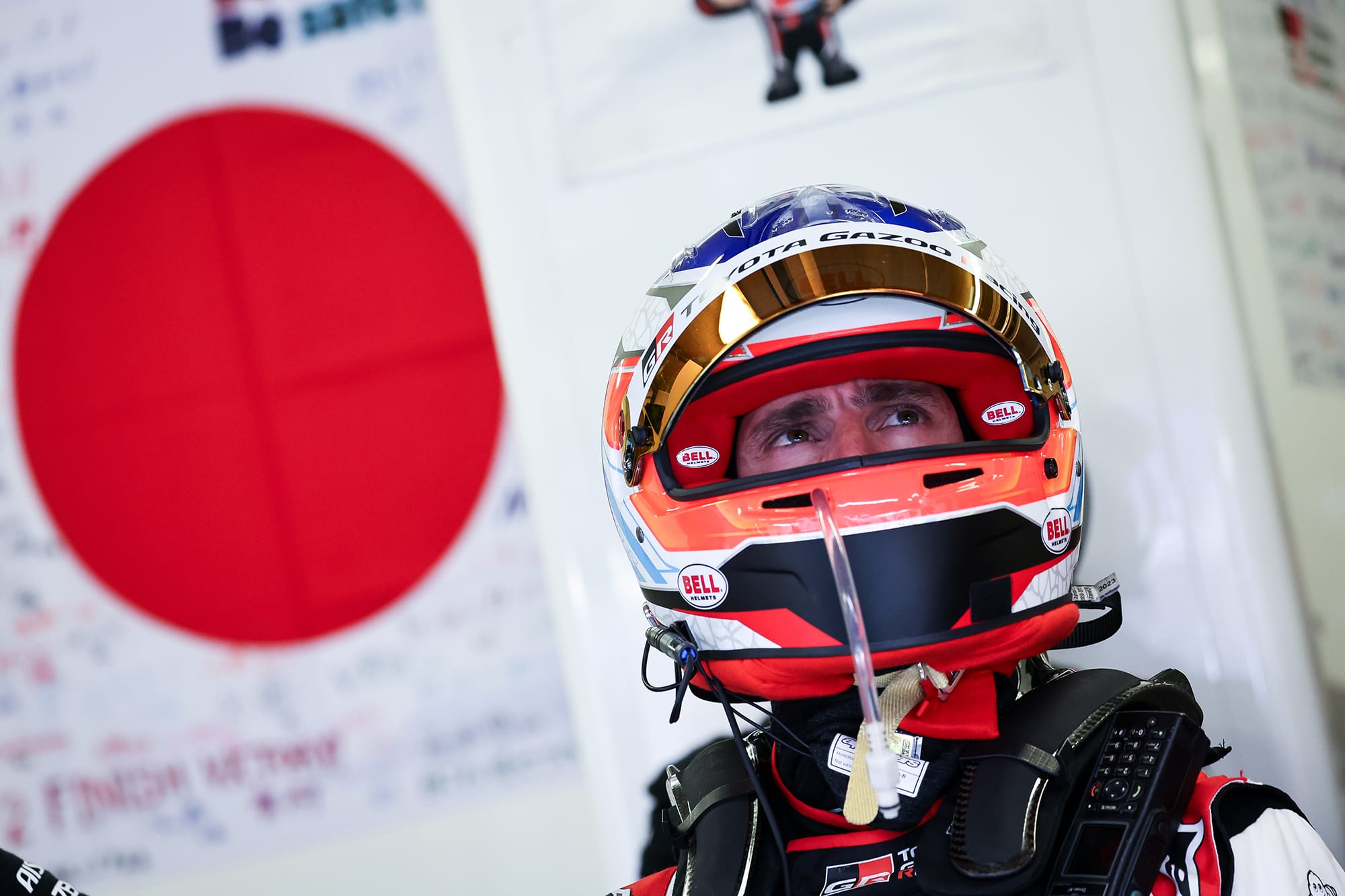
Yes, Lopez has bucketloads of experience of Toyota prototypes including the current GR010 Hybrid.
But it shouldn't be underestimated just how difficult a job he faced being called up at short notice as stand-in for the injured Mike Conway. Not just in adjusting from the GT3 Lexus he'd been racing beforehand in the World Endurance Championship this season, but in making up for the gap in the test and development knowledge process at Toyota all year. That, and the psychological hurdle of returning to a stable he'd been dropped from (in favour of Nyck de Vries) for 2024.
Lopez's professionalism has never been in question though and while his pace was steady in the opening stages, he was properly in the groove come the final stint, in which he was on-par with Hartley for average pace (over a much longer period when the track was generally wetter) and well clear of the sister #8 Toyota once Buemi took it over and the race-winning Ferrari he was attempting to catch.
A spin in the final hour was unfortunate, but a power issue and Toyota's acceptance with half an hour to go that the game was up were bigger factors in Lopez's challenge running out of steam.
Alex Lynn and Alex Palou
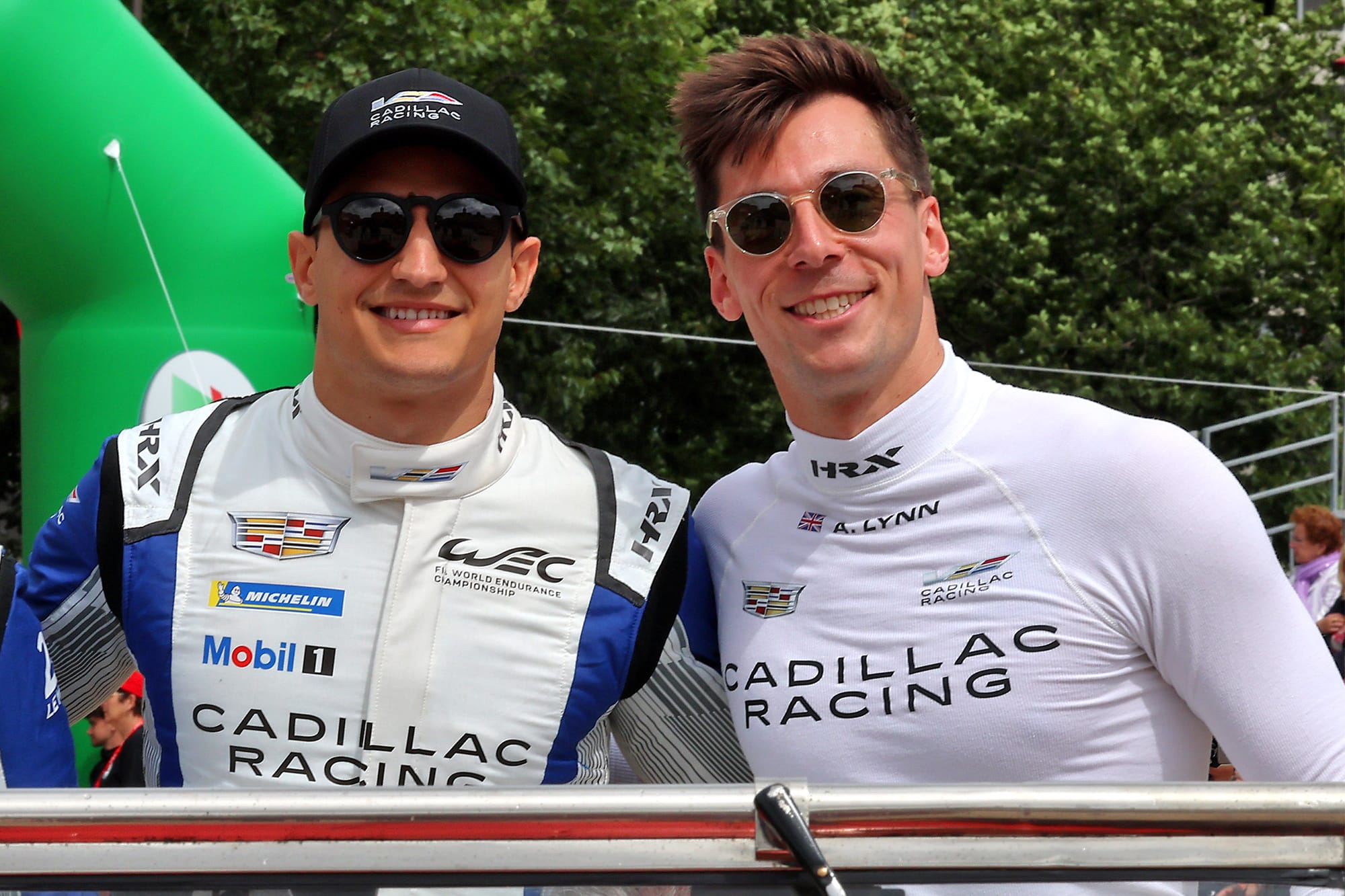
Given its Chip Ganassi Racing-run cars were second and third fastest in qualifying, Cadillac might reflect on a seventh-place finish as a little underwhelming.
But as unpredictable as conditions often are at Le Mans, this was a far wetter edition than normal and that inconsistency was a limiting factor for the rear-wheel drive, Dallara-chassis V-Series.R compared to the all-wheel drive Le Mans Hypercars.
Lynn was exceptionally quick in qualifying - almost snatching top spot with an improbable final sector, even if a five-place grid penalty meant the #2 car was never destined to start from pole - and was among the fastest on track as his time in the car came to an end inside the final two hours.
Palou meanwhile had an exceptional debut. His performance was already looking impressive considering his lack of practical testing, but come the race he was far more consistent over the long runs - the second-fastest lap of the race was testament to how well he'd come on. It was only really the increasing intensity of the rain in the final stages that put paid to outside hopes of another Cadillac podium at Le Mans.
LMP2
Oliver Jarvis and Nolan Siegel
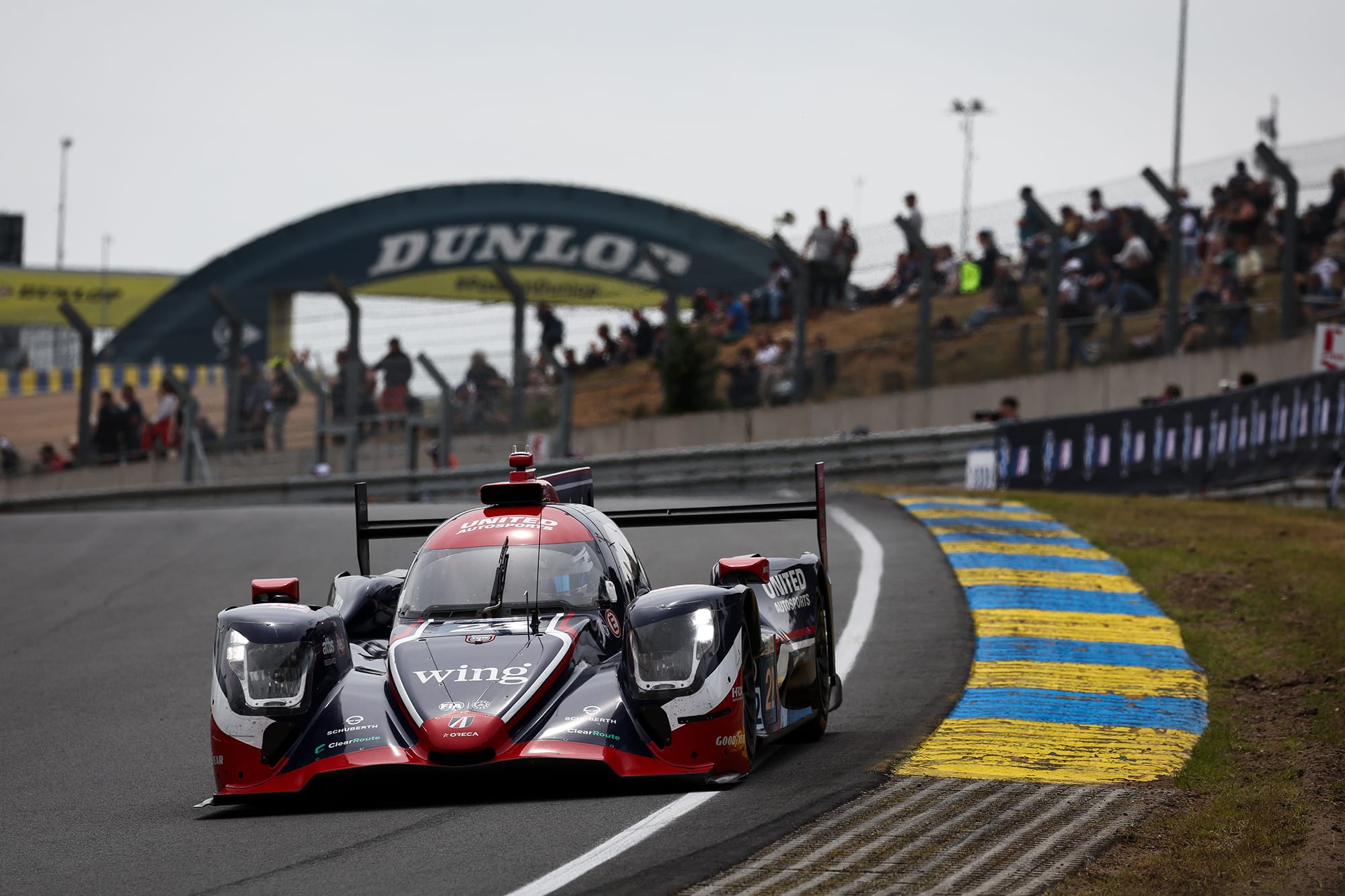
A real mix of experience and youth here, as United Autosports prevailed in a five-car lead-lap fight for LMP2 honours.
United paired Jarvis with Le Mans rookies Siegel and Bijoy Garg and he paid it back handsomely with potentially his best drive at Le Mans - repeating the class honours he'd first earned with Jackie Chan DC Racing in 2017 (having led outright for much of that edition).
What had initially been a stealthy drive became a proper challenge for victory with an exceptional performance in the toughest of the racing conditions, and Jarvis also set the fastest lap in class en route to victory.
Siegel - in the news since Le Mans now that McLaren has hired him for its third IndyCar seat in place of Theo Pourchaire - had been impressively quick too before handing over to Jarvis.
In that phase of the race, Siegel (who did cop a penalty in the evening for contact) was second fastest of the LMP2 contingent.
Ben Barnicoat
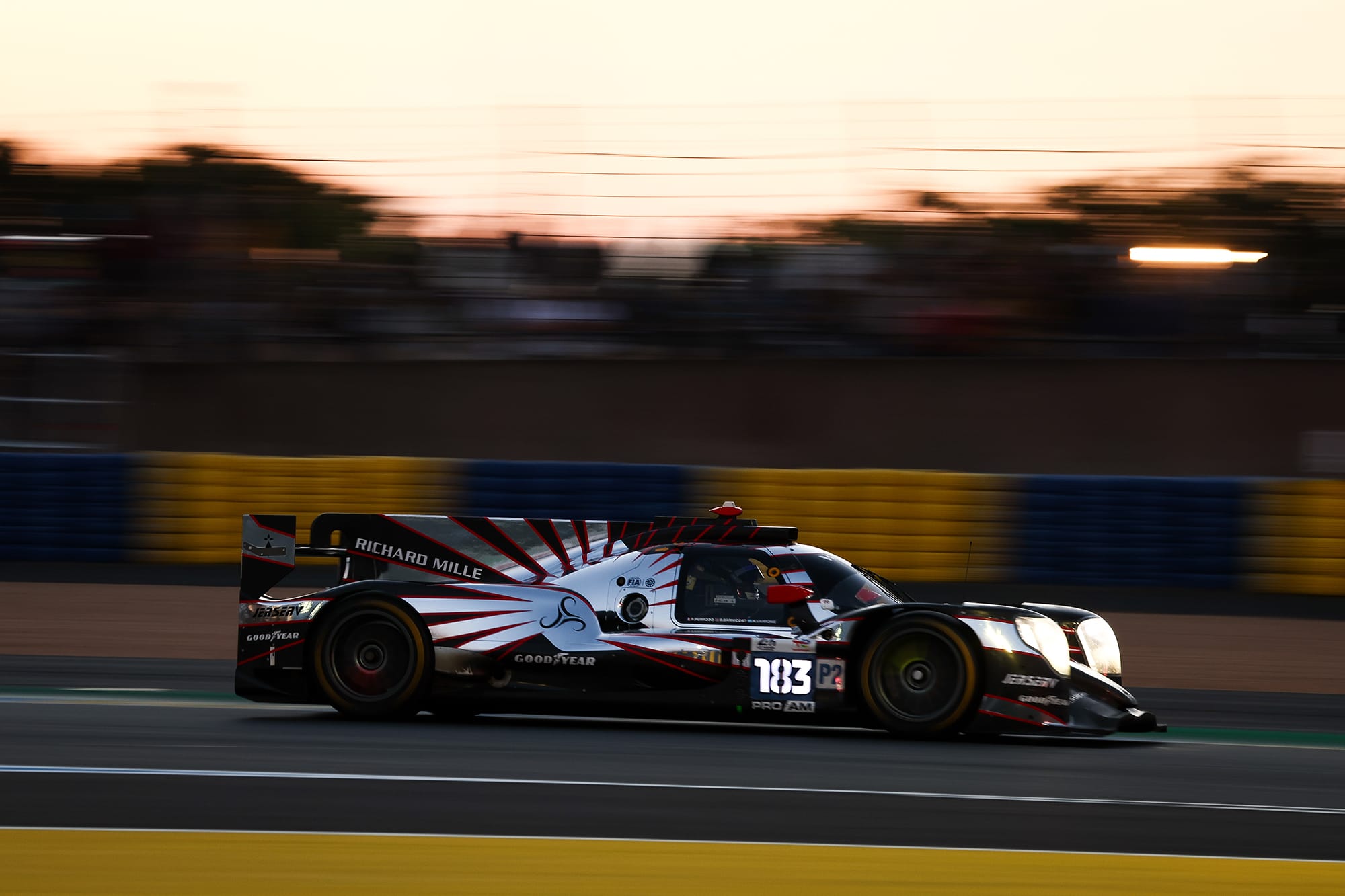
Barnicoat didn't hit the heights his early junior single-seater exploits once teased but he has been a dependable performer in pretty much whichever category he's gone racing in and rarely, if ever, fails to impress.
That was the same again in this, his fourth appearance at Le Mans, spearheading AF Corse's Pro-Am LMP2 entry alongside Francois Perrodo and Nicolas Varrone.
Barnicoat even put the car in contention for a likely outright class win - leading, and in some control, at three-quarter distance before the team went conservative with its strategy in order to preserve its Pro-Am advantage (with reliability also a concern).
The 27-year-old has increasingly been talked about as a Hypercar prospect - potentially with Toyota - and with performances like this it's little wonder.
Clement Novalak
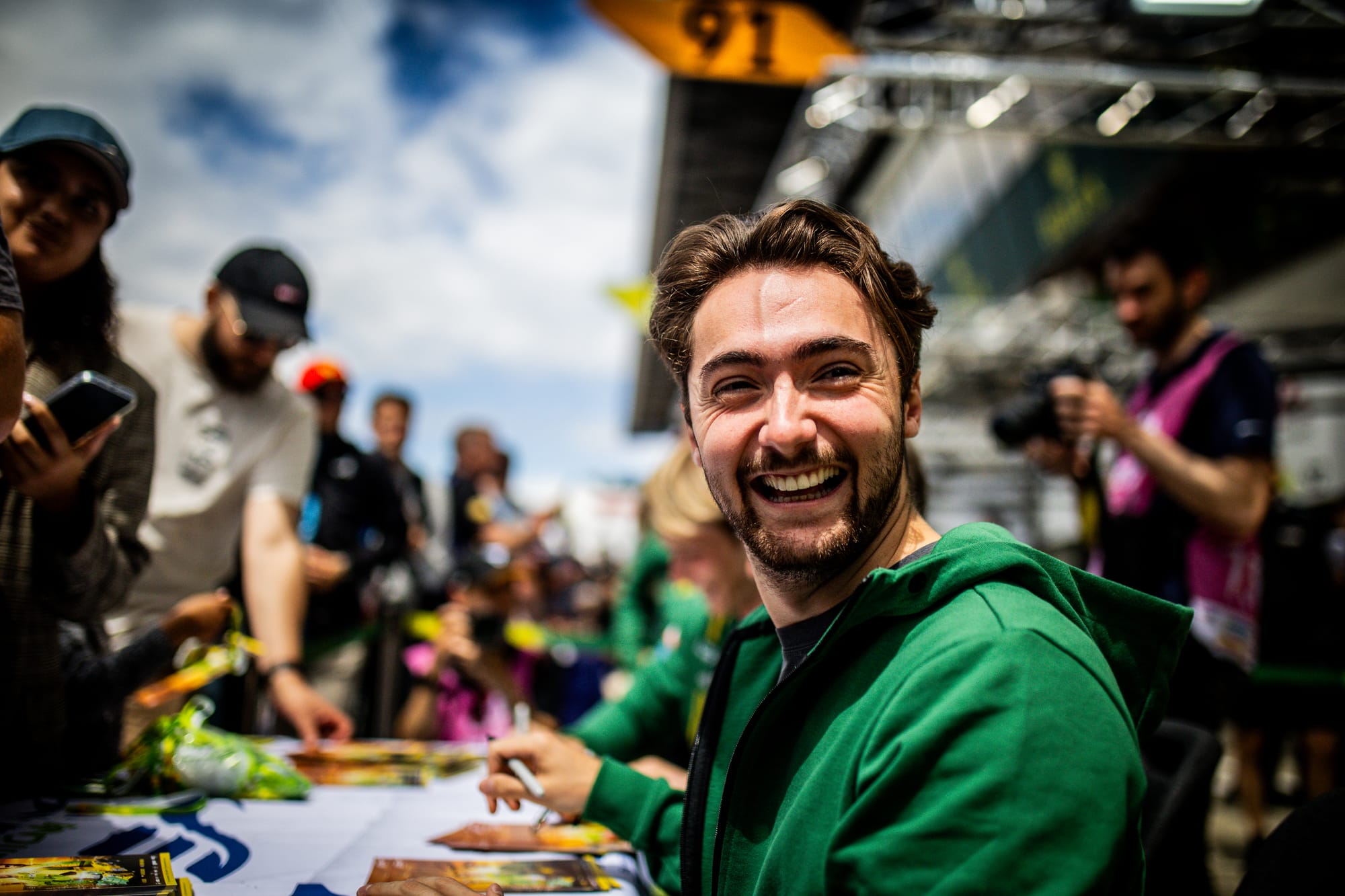
On his Le Mans 24 Hours debut, there's an argument that recent F2 convert Novalak was the star of the LMP2 division.
In what was a fierce fight for class honours, Novalak almost gave the Inter Europol team back-to-back Le Mans wins, with particularly strong pace in the closing hours - in which he overtook Patrick Pilet for the lead while also starring alongside Job van Uitert starred in the scrap of the race.
GT3
Richard Lietz
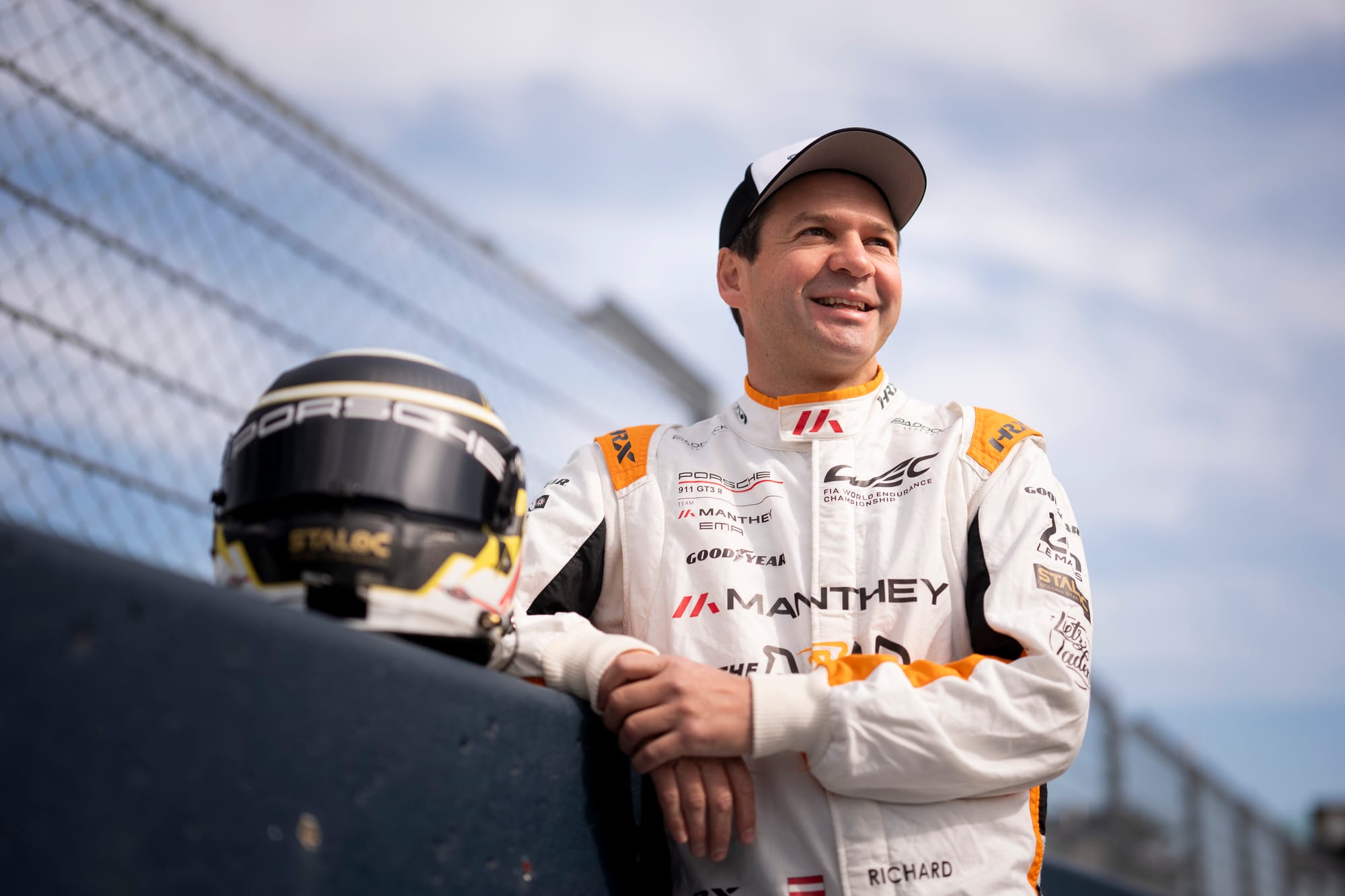
The GT3 class was all-new to Le Mans for 2024. OK, that shift from GTE might not be the biggest ever, but it still called for experience and for the Manthey Porsche squad its long association with Lietz was a phenomenal calling card to have.
The #92 car started well down the order in class but made light work of cycling to the front and, despite some to-and-fro with the eventual second-placed WRT BMW, took control once Lietz had passed Sean Gelael.
Much of the gap it ultimately built was down to Lietz, who was second fastest GT3 runner on average in the final two hours behind only Joel Sturm in the sister Manthey car, and was also a fantastic guide for co-drivers Yasser Shahin and Morris Schuring, with whom he also won at Spa in May.
This was a fifth win in various GT-spec machinery at Le Mans since his first appearance in 2007 (an edition he won) for Lietz.


